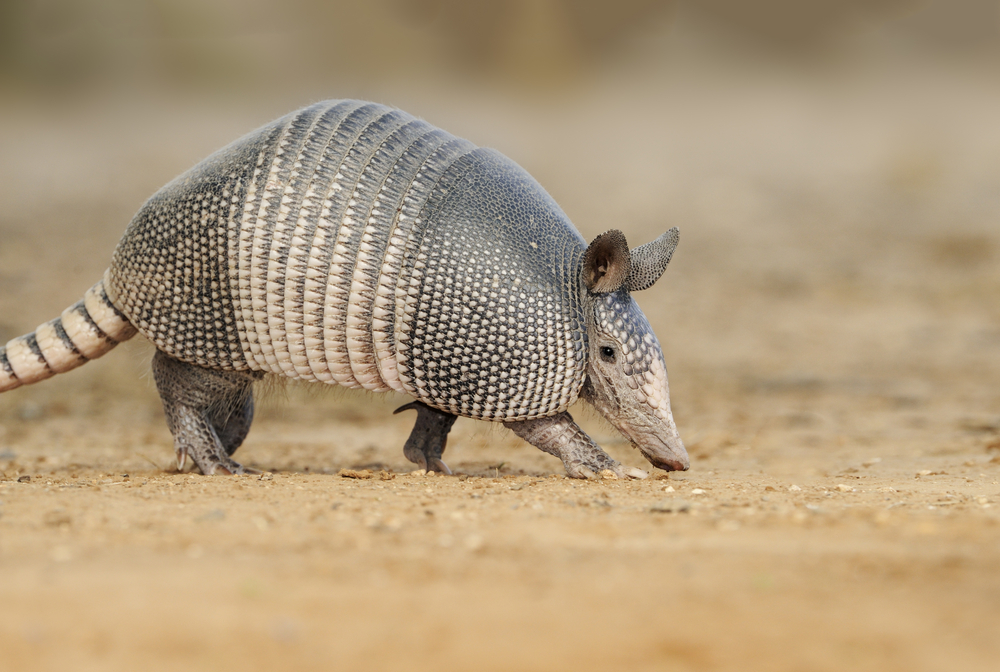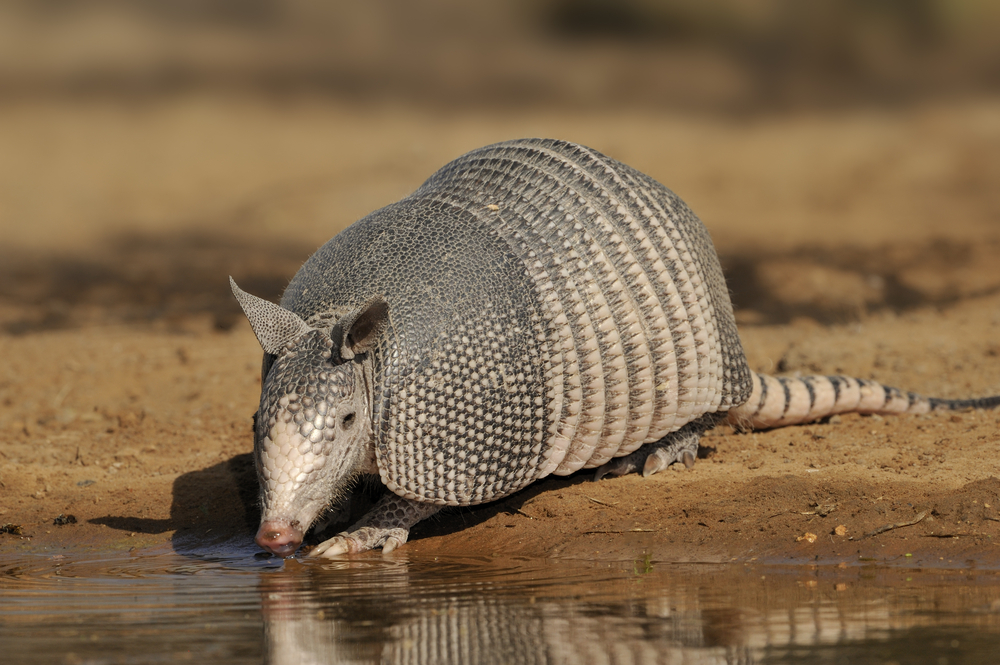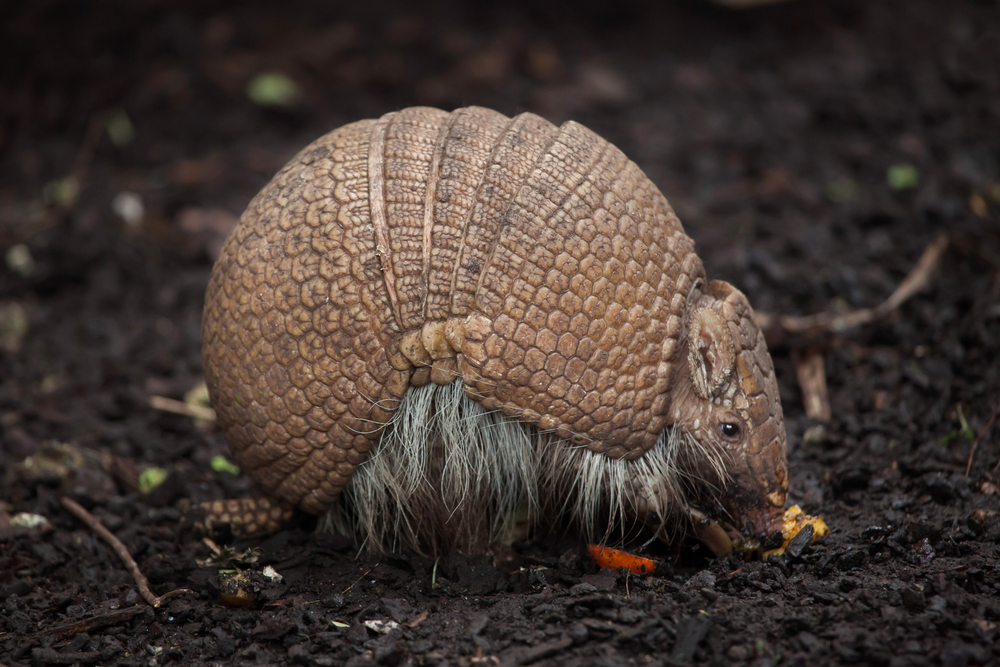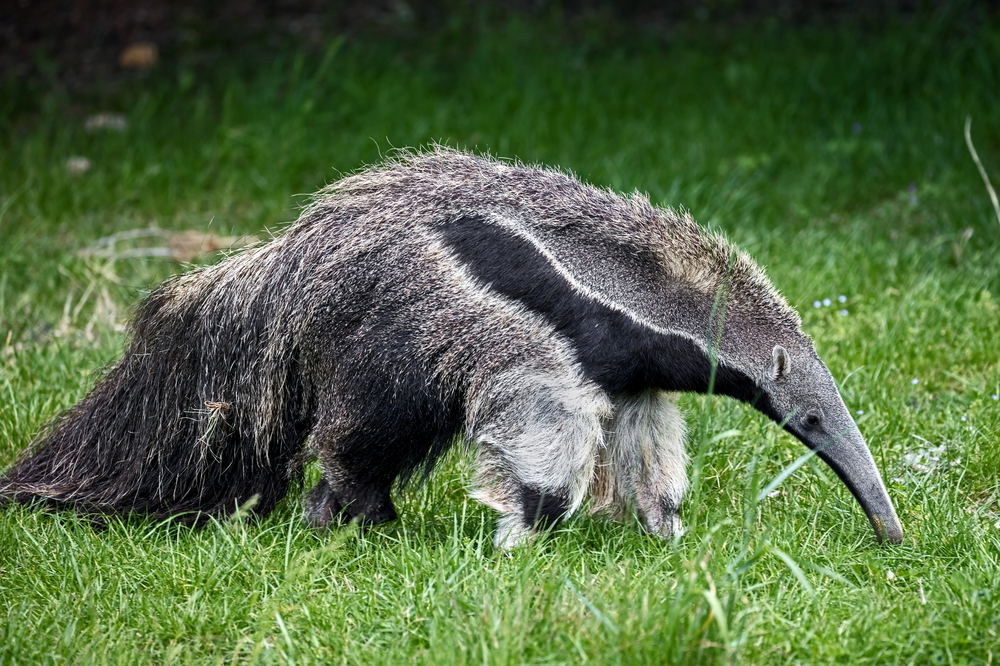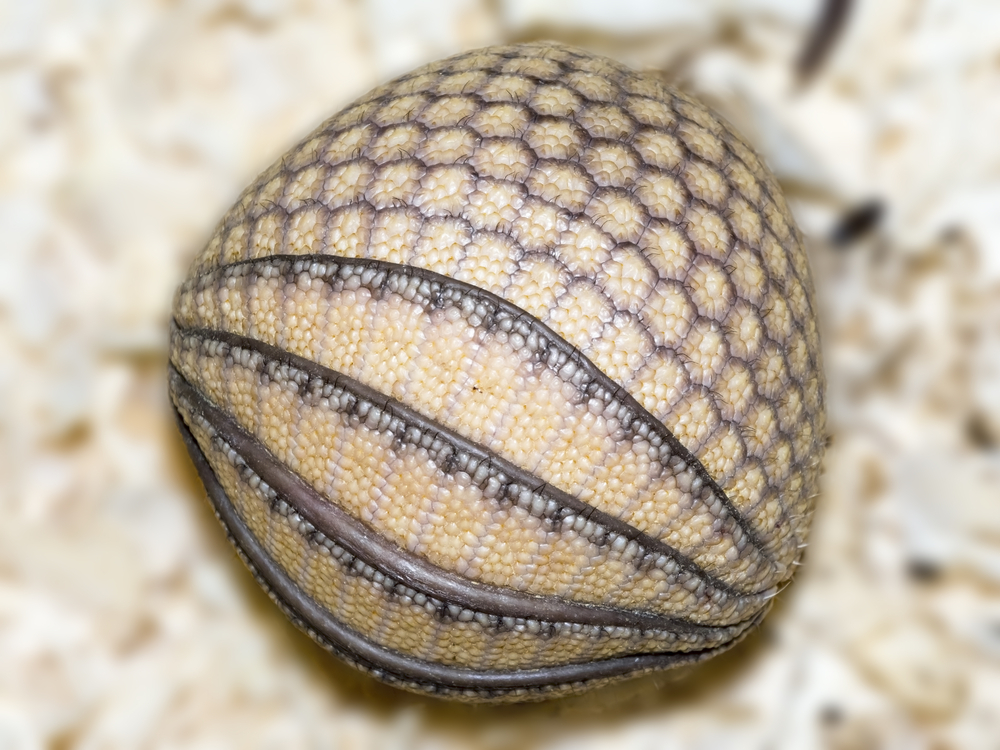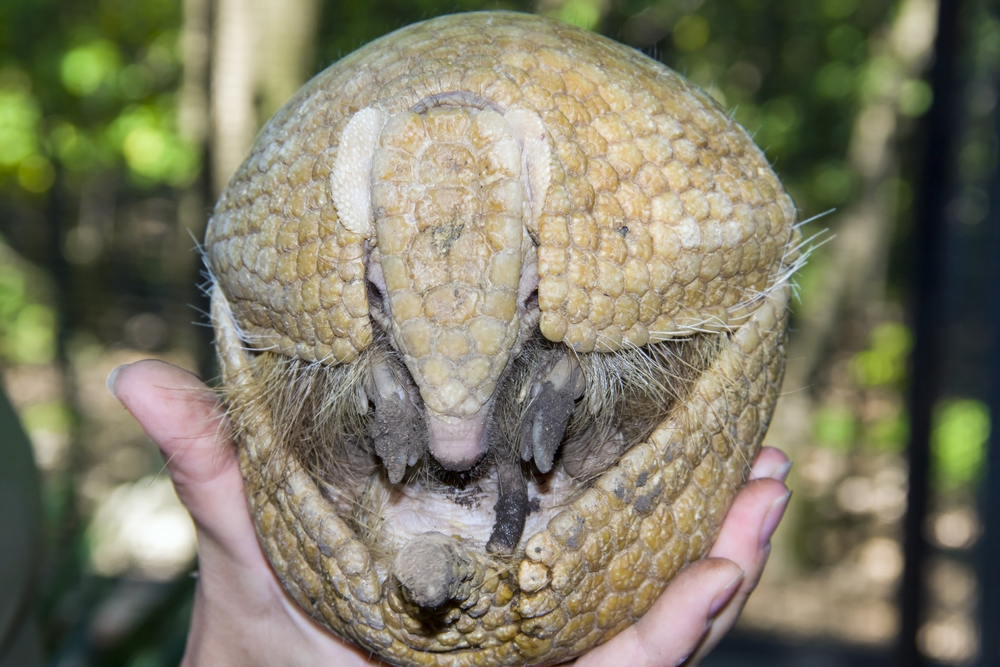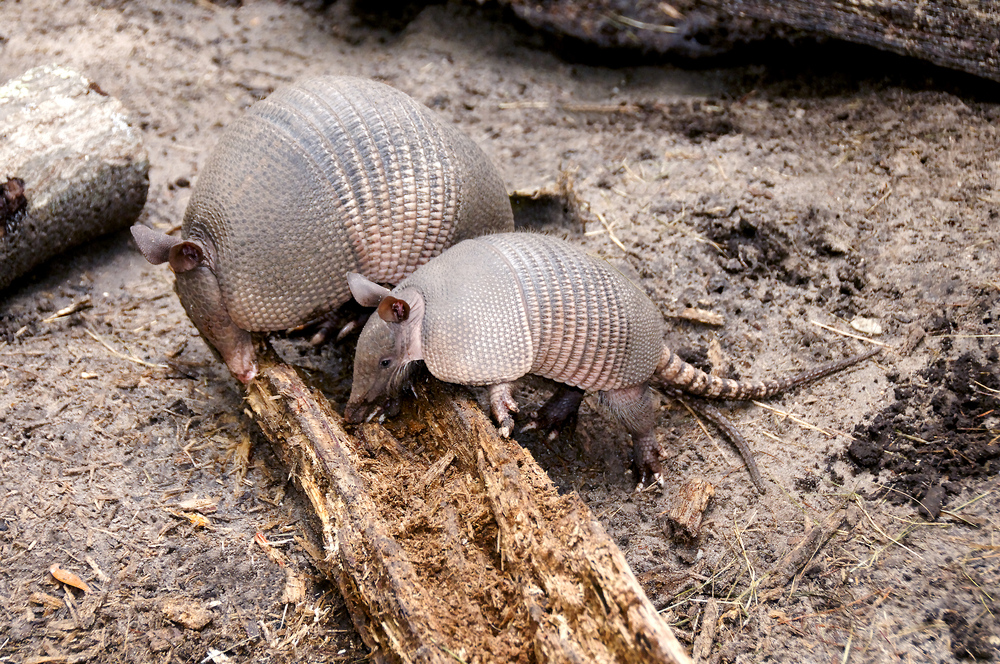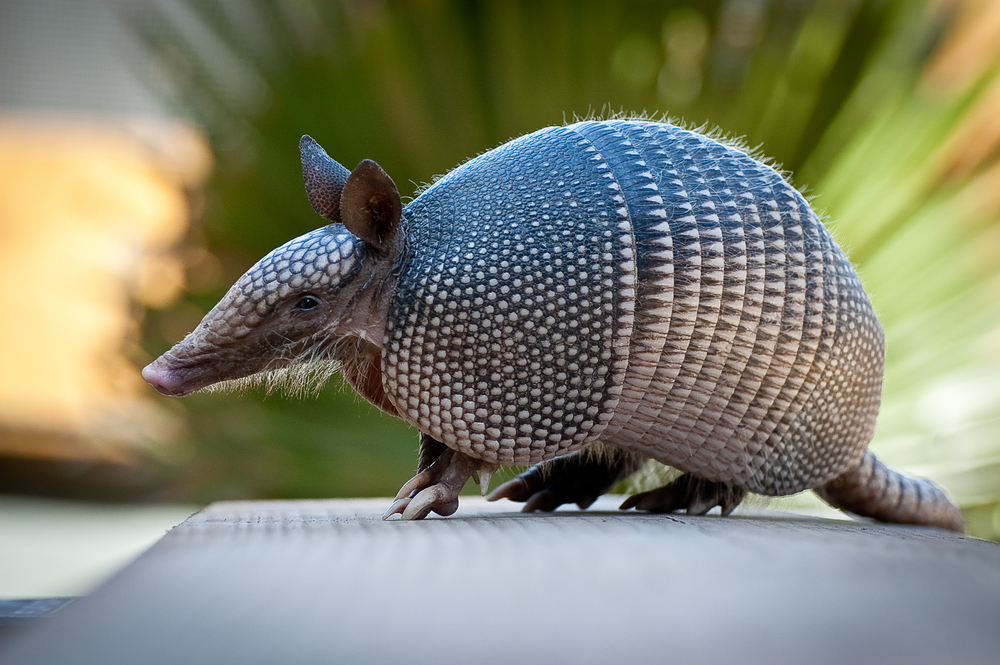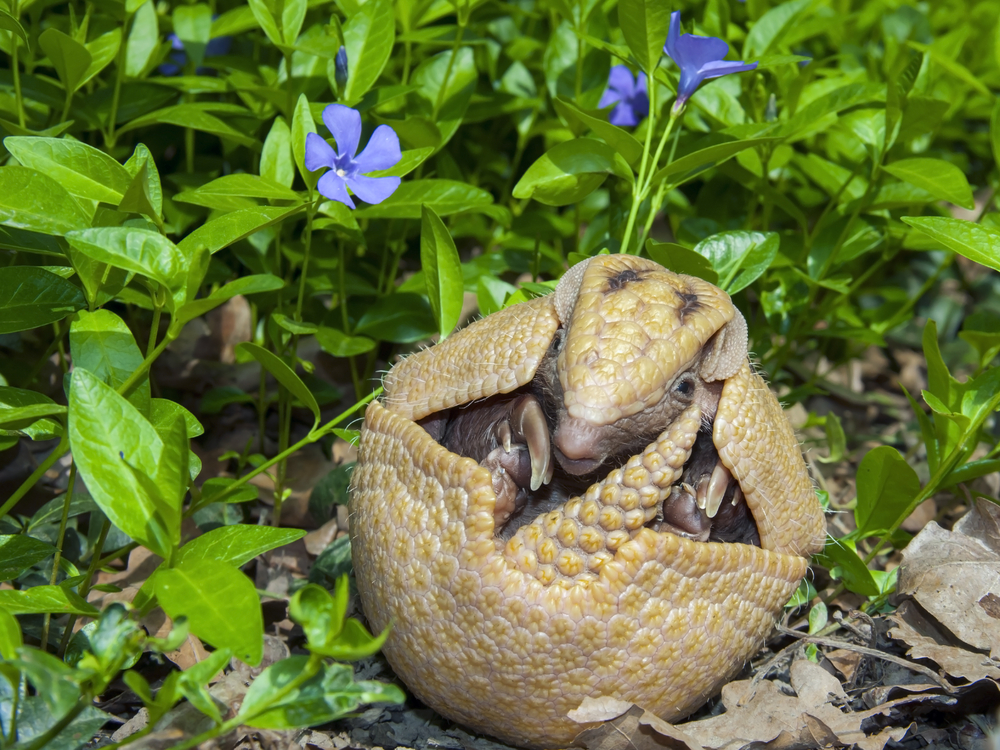Armadillos are primarily found in the Americas, with their range extending from the southern United States through Central America and into South America. They inhabit various types of habitats, including:
- North America: In the United States, armadillos are commonly found in the southeastern states, including Texas, Louisiana, Mississippi, Alabama, Georgia, Florida, and parts of South Carolina. Their range has been expanding northward over the years, reaching as far as Oklahoma and parts of Kansas.
- Central America: Armadillos are distributed across countries in Central America, including Mexico, Belize, Guatemala, Honduras, Nicaragua, Costa Rica, and Panama. They are often encountered in forested areas and grasslands.
- South America: The majority of armadillo species are found in South America, with their range spanning countries such as Colombia, Venezuela, Ecuador, Peru, Brazil, Bolivia, Paraguay, Uruguay, and northern Argentina. They occupy a wide range of habitats, from rainforests to savannas.
- Habitat Variety: Armadillos are adaptable and can thrive in diverse habitats, including grasslands, woodlands, deserts, and even urban areas. They are often associated with areas where there is a readily available supply of insects and soft soil for burrowing.
Armadillos’ distribution can vary depending on the specific species and environmental conditions. They are known for their ability to adapt to different ecosystems, making them a relatively widespread group of mammals in the Americas.



































































